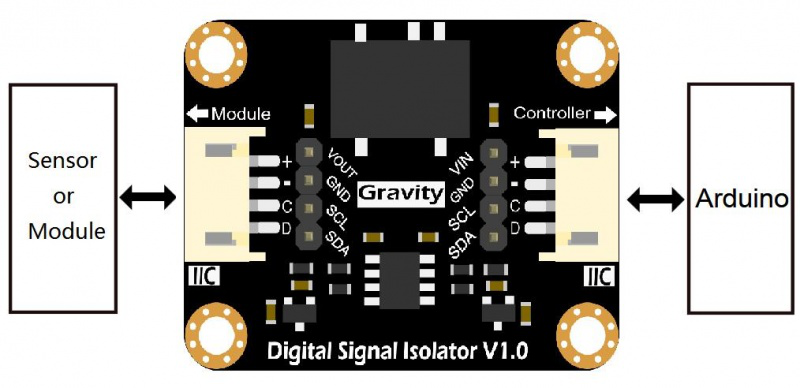
Also new is optional 1-second current averaging, which simplifies host power management.

New features include field-upgradable firmware, future-proofing platforms that incorporate the LTC4290/LTC4271. This latest PSE generation adds features to a proven, field-tested product line. Linear’s PSE family incorporates a wealth of PoE experience and expertise backed by well over 100 million shipped ports. Intra-IC communication including port management, reset and fast port shutdown are encoded in a protocol designed to minimize radiated energy and provide 1500V of isolation. An inexpensive and ubiquitous Ethernet transformer pair replaces six opto-couplers. The LTC4271 controls the LTC4290 using a transformer-isolated communication scheme. There is no longer the need for a separate, isolated DC/DC power supply the LTC4271 digital controller can use the host’s logic supply. This significantly reduces the cost and complexity of required components. The LTC4290/LTC4271 chipset takes a different approach to PSE isolation (Figure 2) by moving all digital functions to the host side of the isolation barrier. In contrast to the traditional scheme shown in Figure 1, a cleaner PSE architecture incorporates the LTC4290/LTC4271 chipset, achieving isolation without any opto-isolators and eliminating the need for a dedicated isolated DC/DC converter. In addition, isolated DC/DC converters needed to power the PSE logic increase board space and system cost.įigure 2. ICs capable of performing the isolation function are cost-prohibitive or do not support fast I 2C transfer rates. Digital isolation elements such as optocouplers are inherently expensive and unreliable. Traditional PSE isolation architectures isolate the digital interface and power at the host-to-PSE controller interface. The PoE specification clearly lays out isolation requirements, guaranteeing ground loops are broken, maintaining Ethernet data integrity and minimizing noise in the PD application circuit. The LTC4290/LTC4271 fourth generation PSE controller supports fully compliant IEEE 802.3at operation, while minimizing heat dissipation through the use of low R DS(ON) external MOSFETs and 0.25Ω sense resistors.

Instead, the chipset employs a proprietary isolation protocol using a low cost Ethernet transformer pair, leading to a significant reduction in bill of materials cost. The LTC4290/ LTC4271 PSE controller chipset revolutionizes PSE architecture by deleting the customary digital isolation and removing an entire isolated power supply. A device that provides power to the network is known as power sourcing equipment (PSE), while a device that draws power from the network is known as a powered device (PD). The IEEE standard also defines PoE terminology. A successful design must adhere to IEEE isolation requirements, protect the Hot Swap ™ FET during short-circuit and overcurrent events, and otherwise comply with the IEEE specification.

Implementation of Power over Ethernet requires careful architecture and component selection to minimize system cost, while maximizing performance and reliability. Power over Ethernet (PoE), is defined by the IEEE 802.3at specification to safely deliver application power over existing Ethernet cabling. Eliminate Opto-Isolators and Isolated Power Supply from Power over Ethernet Power Sourcing Equipment


 0 kommentar(er)
0 kommentar(er)
